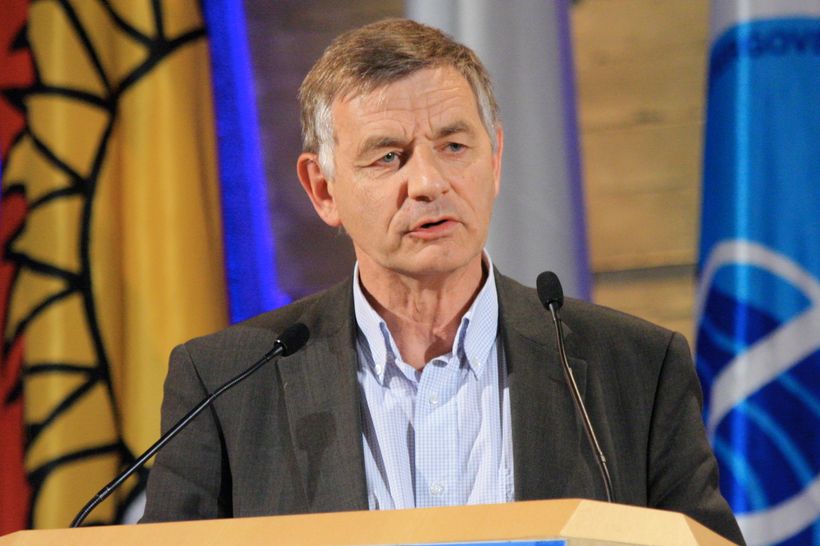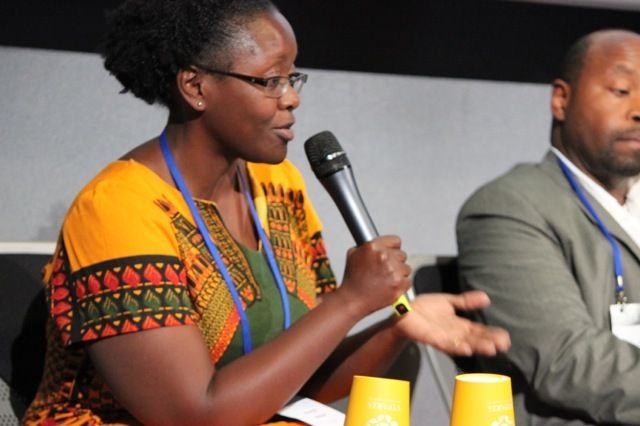- April 17, 2017
- Posted by: EBAN Team
- Category: News
This story has been adapted from the Ecosystem Marketplace Series “Of Milk and Money”
Bernard Giraud spent the late 1990s encouraging Americans to invest in French companies as regional head of an organization called the Invest in France Agency. Today he’s encouraging large corporations to invest in smallholder farms across Africa, Asia, and Latin America as head of two entities called, collectively, the Livelihoods Funds.
If all goes according to plan, his investors – which include household names like Mars, Michelin, and SAP – will have funneled €160 million into activities designed to help more than 230,000 small farms in Africa, Asia, and Latin America increase their yields while planting 130 million trees and improving the lives of more than three million people.
What’s more, he believes, those investors will also make a profit.
“We are not a philanthropy,” he says. “We are an investment fund.”
And they’re not alone. Research by the Forest Trends Supply Change initiative shows more than 100 companies are engaging with smallholder farmers to slow deforestation, while research by Ecosystem Marketplace shows that impact investors put more than $8.2 billion into conservation projects from 2004 through 2015, mostly for sustainable farming and forestry.
Most of those investors are buying farms, but the Livelihoods Funds are financing NGOs that help small farmers succeed, in the hope of sharing in that success. If the effort works, everybody wins, and if it doesn’t, then the investors – and not the farmers – take the hit.
The Genesis
The Livelihoods Funds trace their genesis to 1998, when Giraud left the Invest in France Agency to become director of sustainability for Danone Group, the world’s largest yogurt maker. There, he spearheaded a partnership between the company and the United Nations Ramsar Convention on Wetlands – making Danone the first private company to formally partner with a global environmental convention.
A decade later, he brought the International Union for Conservation of Nature (IUCN) into the mix and launched the Danone Fund for Nature, which aimed to offset Danone’s greenhouse-gas emissions by restoring degraded mangroves – which are wooded coastal swamps, like Florida’s Everglades, that protect shorelines, shelter young fish, and absorb massive amounts of carbon dioxide.
Around the same time, environmental NGO VI Agroforestry – which we covered in the first and second installments of this series – began experimenting with carbon finance to see if it could help small farmers across Kenya improve their yields by strategically planting trees that nourish soil by pulling nitrogen from the air and infusing it into the ground, among other things.
It was only a matter of time before the two organizations crossed paths
“We first had conversations with VI more than five – maybe seven – years ago,” says Giraud, who also heads the Livelihoods Venture, which is a small group that advises the fund.
“I remember [VI Agroforestry] came to a Livelihoods camp in India,” he says. “We were brainstorming about these practices.”
By 2011, the brainstorming had yielded tangible results in the form of the world’s largest mangrove restoration project and VI Agroforestry’s massive expansion of agroforestry in Kenya.
It also yielded a growing network of NGOs with deep expertise in sustainable agriculture but little appetite for the risks inherent in carbon markets. That got Giraud to thinking.
“How can we, as a company, make finance available to support this effort at large scale?” he asked.
The answer, he says, was obvious:
“First, we need to invest up-front, because if we don’t take any risk, there is no way that small farmers can pre-invest by themselves,” he says. “Also, we need to support practices which are accessible and affordable for farmers.”
He persuaded Danone to open the Fund for Nature to other investors and finance projects beyond mangroves. He also gave it a new name: the Livelihoods Carbon Fund, and spun it off as an independent entity.
The First Livelihoods Fund
The Livelihoods Carbon fund is designed to generate a modest return over time while also generating benefits for the common good.
“For a farmer, better management at farm level brings more water in the dry season, so: more milk [for dairy farmers]!” Giraud says. “But the impact of sustainable farming practices at the watershed level has an impact on the whole population living downstream.”
The fund pooled €40 million from Danone and nine other investors and began looking for rural development programs that could generate carbon offsets – either by planting trees, switching to clean-burning cook stoves, or simply empowering farmers with more efficient practices. When it found one which delivered tangible and scalable results, it would offer to provide up-front financing in exchange for carbon credits down the road.
In Guatemala, for example, it is investing €2.4 million in tree nurseries, training, and monitoring for local NGO Fundaeco to plant four million commercial trees such as citrus, coffee, and cacao, as well as mahogany and cedar for sustainable timber. The fund hopes to make its money back by generating one million carbon credits for the carbon pulled from the atmosphere – credits that investors can either use to offset their own emissions or sell for a profit.
Shortly after that project launched in 2013, Wangu Mutua of VI Agroforestry invited Giraud to VI’s project in Bungoma.
“I was very impressed,” Giraud says. “They were able to replicate simple things at large scale.”
And, Mutua told him, they wanted to expand to 30,000 farmers across the Mount Elgon region.
Was he interested in investing?
Article originally posted in the Huffington Post website


